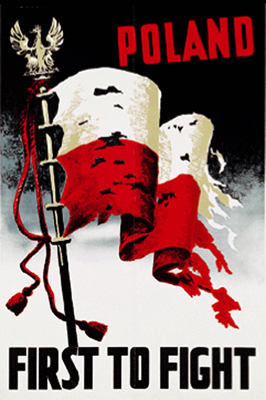
1942 POSTER by Polish artist Marek Żuławski
2015 marks the 70th anniversary of the end of World War II.
The war begins with Germany’s attack on Poland on Sept. 1, 1939.
Poland fights back, at first completely alone, and continues the battle until the war’s very end.
This roundup presents Poland’s fighting forces on nearly every front, including the Home Army in occupied Poland.
To begin, a noteworthy fact: Poland’s armed forces are the fourth largest Allied army in Europe (after the Soviet Union, the U.S. and Great Britain). The Polish forces number ~255,000 in the West and ~200,000 in the East.
September 1, 1939: Westerplatte, Poland
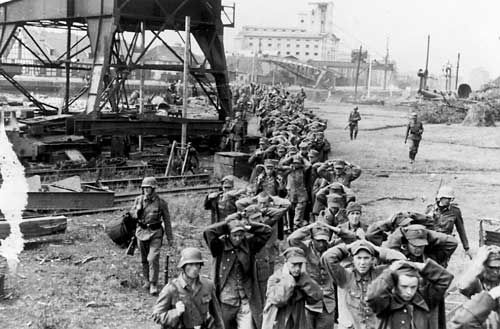
Sept. 7. 1939: Polish soldiers being taken into captivity after the fall of Westerplatte. PHOTO from a German WW2 chronicle.
04:48 Local Time.
The German battleship Schleswig-Holstein opens fire on the Polish Garrison stationed on the Westerplatte peninsula.
The garrison – 182 soldiers and 27 reservists – holds out for a week against 3,500 Germans.
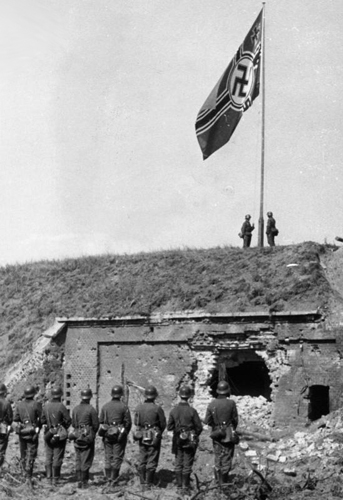
The Germans posted this picture celebrating their “courage” in forcing the Polish forces to surrender in a battle roughly 18 to one. Wikipedia notes the caption may be “erroneous, biased, obsolete and politically extreme.” History shows it was all of that.
September 1939 and beyond: Poland’s Navy
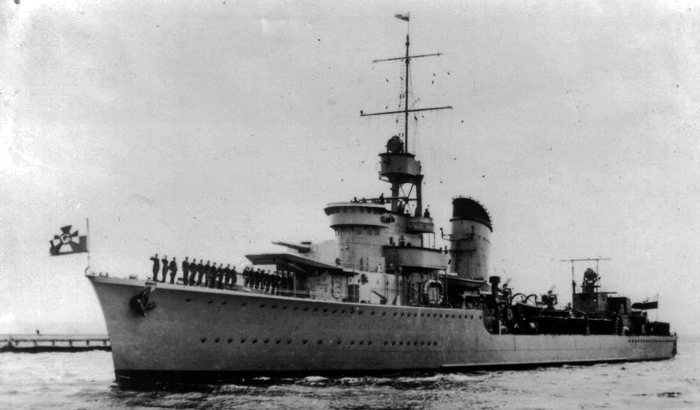
Polish Navy destroyer ORP Grom. She’ll fight in the Norwegian Campaign, and is ranked most hated of all Allied ships deployed in that area because it caused the most damage.
Poland’s Navy can’t match Germany’s vast fleet. The Germans attack or sink some trapped ships and intern others in neutral Sweden and Estonia. But the Poles withdraw three surface ships to Great Britain. The Polish Navy, later enlarged with leased ships, will go on to fight with Allied navies in Norway, the Atlantic, and the Mediterranean and North Seas. It’ll be part of the Bismarck’s sinking and the D-Day landings.
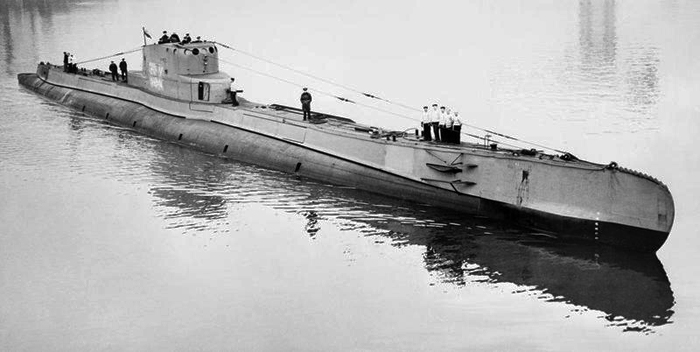
The Polish Navy submarine ORP Orzeł (Eagle) in Scotland, via the Imperial War Museum.
On September 14, the Polish submarine Orzeł (Eagle) daringly escapes internment in Tallinn, Estonia – and sails to Britain without radio and maps (confiscated by Estonian authorities). The Poles’ only guide is a list of lighthouses, and that’s what the Orzeł uses along her course. On the way she’s attacked by both German and British forces, since without wireless equipment she cannot identify herself.
Forty days later, she reaches Scotland’s east coast, remains submerged and repairs her radio. Orzeł then surfaces to send out an English message. A British Navy destroyer escorts her into port; all had thought her long sunk. Orzeł will go on to take part in the Norway Campaign, among others.
September-October 1939: Western and Eastern Poland
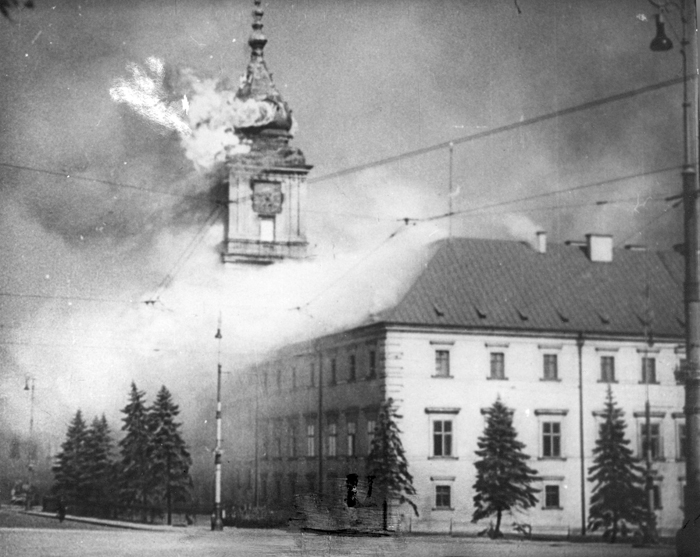
Warsaw’s Royal Castle burns in September 1939 after German shellfire.
The Germans bombard civilian targets: Hospitals. Schools. All infrastructure. And fleeing civilians along country roads.
Germany’s Soviet ally attacks Poland from the east Sept. 17.
Great Britain and France declare war on Germany (but not the Soviet Union). They give no assistance save dropping disapproving leaflets on Germany.
Polish forces capitulate – but do not surrender – September 27. Gen. Michal Karasiewicz-Tokarzewski releases his soldiers from their oath so that they can disperse, hide their uniforms, and form resistance cells. In time, they’ll unite as the Home Army (Armia Krajowa; AK).
The siege of Warsaw lasts till October 1.
The final battle of Poland’s invasion, the Battle of Kock, ends October 6, in eastern Poland.
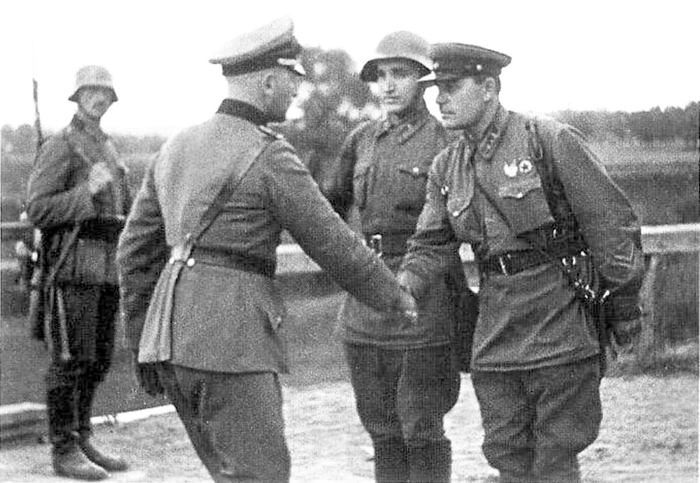
PHOTO published in October 1939 via TASS (Telegraphic Agency of the Soviet Union), The caption reads, “German and Soviet officers shake hands at the end of the invasion of Poland.” The date of the photo is September 1939.
By October 6, Nazi Germany and the Soviet Union have occupied all of Poland.
1940: France
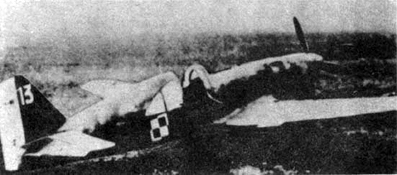
The largest fighter unit of the Polish Air Forces in France was Polish Fighter Squadron, GC I/145, the Polish Air Forces in France. PHOTO from June 1940: “Caudron CR.714 of GC I/145,” with the distinctive Polish chessboard sign and Polish markings.
Poland’s government is established in France, organizing a new fighting force with ~80,000 men. These units are subordinate to the French Army, and include 86 aircraft in four squadrons.
When the Germans attack France in May 1940, the Poles fight alongside their French and British allies.
When the French defense falls after six weeks, the Poles flee to Britain. From there, they will fight side-by-side with the Brits throughout the war.
1940: Norway

Polish soldiers in Narvik, Norway.
In April 1940, Poland’s ground and navy forces join Great Britain in an attempt to prevent Germany’s takeover of Norway. Nearly 5,000 Polish soldiers and officers take part, as does Poland’s Navy, including destroyers Burza (Storm), Błyskawica (Lightning) and Grom (Thunder), which is sunk by a German bomber. Polish passenger ships Chrobry, Batory and Sobieski assist as transporters.
1940: The Battle of Britain
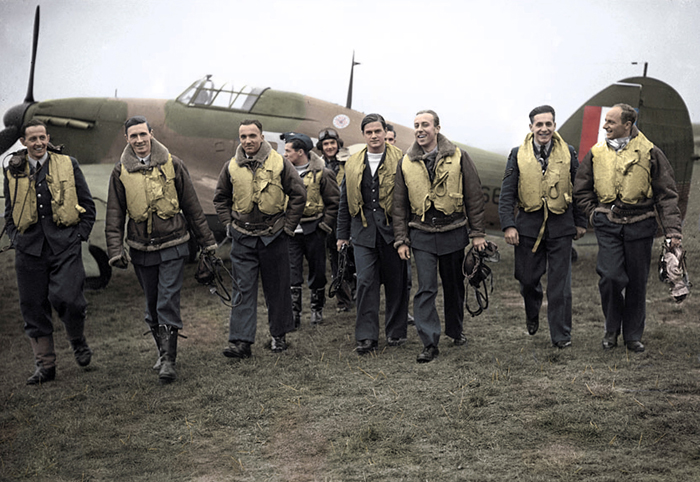
The legendary 303 Squadron Pilots in 1940, in a colorized photo: F/O Ferić, F/Lt Lt Kent, F/O Grzeszczak, P/O Radomski, P/O Zumbach, P/O Łokuciewski, F/O Henneberg, Sgt Rogowski, Sgt Szaposznikow.
145 Poles in four squadrons fight in the decisive 1940 Battle of Britain, and are indispensable: Despite joining two months after the battle began, No. 303 Polish Fighting Squadron destroys the largest number of aircraft out of all 66 allied fighter squadrons taking part.
British Air Chief Marshal Sir Hugh Dowding, who leads Fighter Command, has this to say: “Had it not been for the magnificent material contributed by the Polish squadrons and their unsurpassed gallantry, I hesitate to say that the outcome of the Battle would have been the same.”
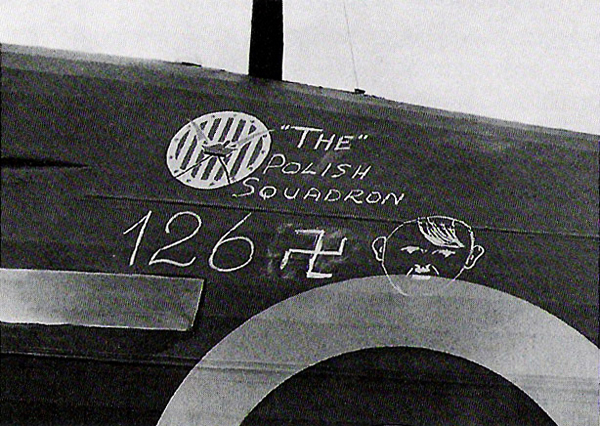
No. 303 Squadron pilots claimed 126 downed German aircraft – or, “Adolfs.” Here, that score is chalked onto a Hurricane.
1941 – 1942: Royal Air Force Bomber Command
Polish bomber squadrons comprise a sixth of the RAF Bomber Command forces from mid-1941 through early 1942. By war’s end, nearly 20,000 Poles will be serving in the RAF.
1941-2: The Middle East
In 1941, Hitler turns on his ally, Stalin. The Soviet Union is too weak to fight Germany and needs the Western Allies. The West agrees, but places conditions. One condition is that Stalin release the hundreds of thousands of Polish prisoners he deported to Siberia at the onset of the war.
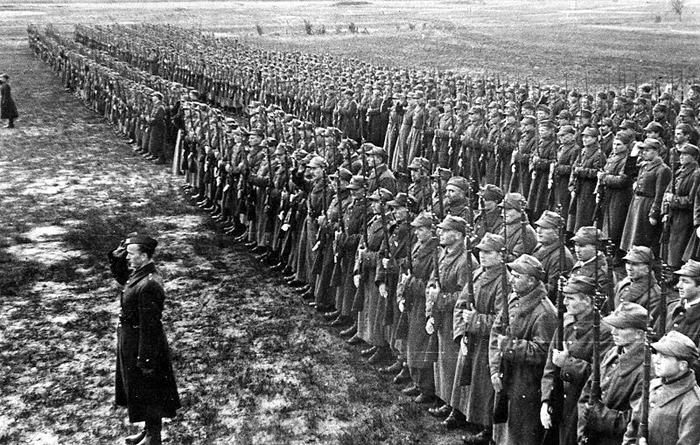
Early 1942: Polish Army Forces in the Soviet Union, under the command of Gen. Władysław Anders.
Gen. Władysław Anders is released from Moscow’s Lubyanka Prison, and takes command of the new army of 75,000 released prisoners. The Polish II Corps evacuates in 1942 via the Caspian Sea and Iran, and moves to Iraq to fight under British command. Along the way they’re joined by a very special bear named Wojtek.
Thousands of Polish prisoners remain trapped in the USSR. They will form an army led by Gen. Zygmunt Berling and fight under Soviet command. They suffer brutal conditions, take huge losses but eventually fight their way to Berlin.
1943: Tunisia
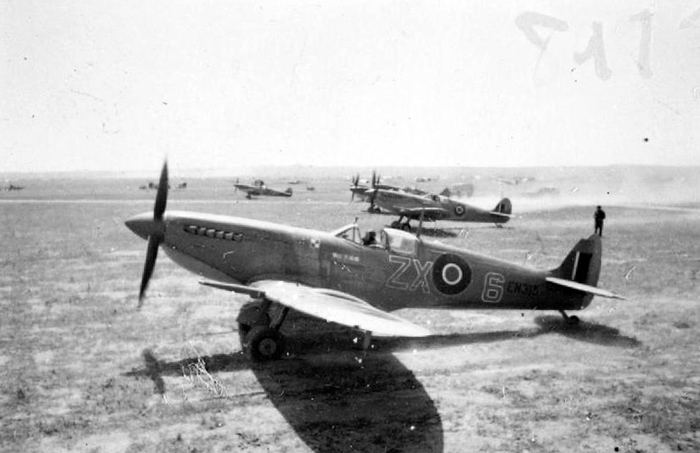
From the Imperial War Museum: “PFT Spitfire MK9 ZX6” – the kind flown by Skalski’s Circus in Tunisia – by a Royal Air Force official photographer.
The Polish Fighting Team – nicknamed Skalski’s Circus after commander Stanisław Skalski – is specially chosen by the RAF to fight with the British Commonwealth Desert Force in North Africa.
15 Poles – each with a minimum of 30 operational missions under their belts – take part; one is shot down and taken POW. The German Army in Africa surrenders May 13, exactly two months after the campaign begins.
1944: Monte Cassino
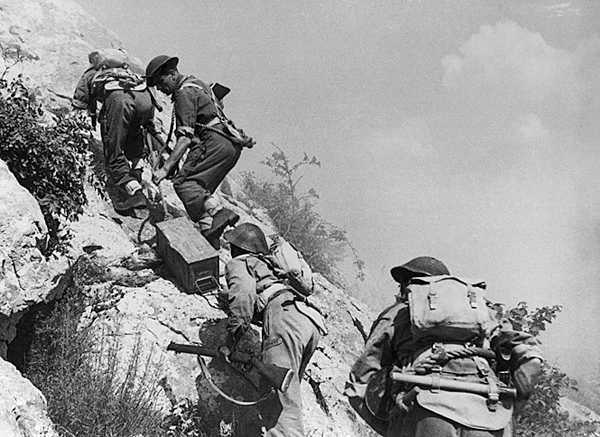
The moment just before the abbey’s capture: Polish soldiers carry ammunition to the front lines.
The allies mount four massive assaults in Italy against Axis forces in 1944 in order to break through to Rome.
The battle ultimately plays out in Monte Cassino, a historic abbey on a hilltop. The terrain is treacherous, with steep slopes.

LEFT: The moment just before the abbey’s capture: Polish soldiers carry ammunition to the front lines.
RIGHT: The Polish flag on the ruins of Monte Cassino.
The Allies’ fourth and final assault is victorious. And it’s the Poles who are finally able to break through; they reach the summit on May 18 and plant a Polish flag in the ruins. The road to Rome is open.
The cost is tremendous: ~55,000 Allied troops and ~20,000 Germans.
1944: D-Day and Normandy
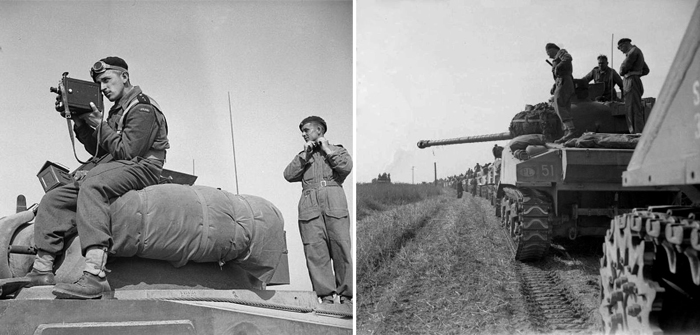
LEFT: Polish 2nd Lt. Jerzy Januszajtis atop a Sherman tank of the 1st Polish Armored Division during Operation Totalise, south of Caen, Normandy, on Aug. 8, 1944. He’s using a De Vry camera.
RIGHT: The 1st Polish Armored Division in the 1944 Normandy Campaign. PHOTO by British No. 5 Army Film & Photographic Unit, Sgt. Wilkes, via the Imperial War Museum
Poland’s forces are there on June 6, 1944 on land, sea and in the air.
1944: Battle of the Falaise Pocket
Following D-Day, this battle liberates much of Belgium and the Netherlands.
The Polish 1st Armored Division fights this crucial battle alongside the 1st Canadian Army. They close the pocket – Falaise Gap – of the German escape route: Half the Wehrmacht is destroyed, effectively ending the Battle for Normandy.
Intelligence: pre-1939 – 1945
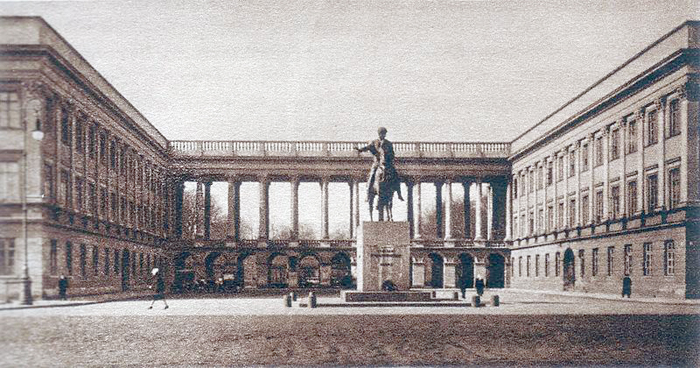
The Saxon Palace in Warsaw, Poland, where Poland’s Cipher Bureau first broke the German Enigma code. This building was, like so many others, subsequently destroyed in the war.
The Enigma Machine
Anticipating that a German attack is imminent, Poland’s cryptologists work on breaking German military codes years before WW2 begins. Marian Rejewski, Henryk Zygalski and Jerzy Różycki work for the Polish Cipher Bureau, and first break Enigma-enciphered German military messages in December 1932. The trio reverse-engineers the device and designs mechanical devices for breaking Enigma ciphers.
In July 1939, they share their intelligence with French and British military intelligence, providing the British with a solid start for their now iconic Bletchley Park cryptanalytic facility.
It’s only recently that Poles are beginning to receive credit for this great contribution.
Special Operations Executive
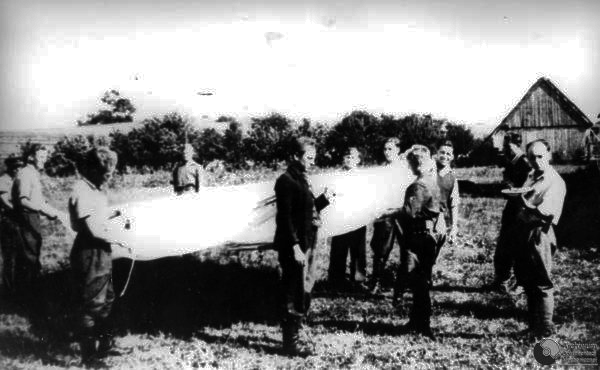
Cichociemni after delivery to Home Army Radom-Kielce inspectorate, Sept. 22, 1944
In July 1940 the British form the Special Operations Executive (SOE) to conduct sabotage, espionage, and reconnaissance in occupied Europe. Also to help local resistance units.
The Poles are a perfect partner – unlike the Vichy French, the Poles have refused collaboration with the Germans. And so the Polish Underground cooperates unfailingly with the Western Allies throughout the war.
The Poles provide intelligence on joint German-Soviet activities, including the mass deportation of Poles by the Soviets. Jan Karski files an early report from the Soviet occupation zone. Well before Hitler’s attack on Stalin, the Poles report on German troop movements on the Eastern Front in anticipation of the coming attack on the USSR.
SOE supports Poland’s government-in-exile with its 605 Special Forces Ops, the “Cichociemni” (“The Silent and Dark”). The Cichociemni train extensively, and then parachute into occupied Poland. They’re part of Operation Wildhorn III and Operation Foxley.
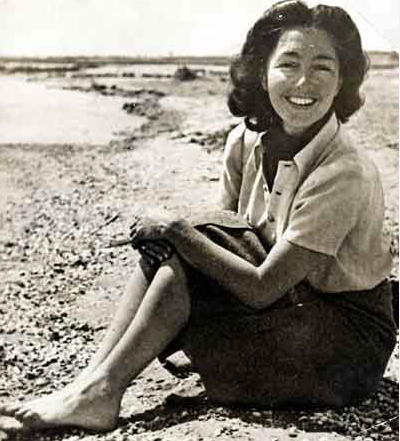
Krystyna Skarbek, aka Christine Granville
Krystyna Skarbek, or the Spy Who Dazzled Churchill, is one of the SOE’s founders. She establishes a cell of Polish spies in Central Europe, parachutes into occupied France, and runs several operations, including daring rescue missions.
The Poles alert Britain to the development of German V-2 rockets. Polish airmen fly to occupied Poland and secretly retrieve a German rocket captured by the Polish Resistance to bring back to Britain.
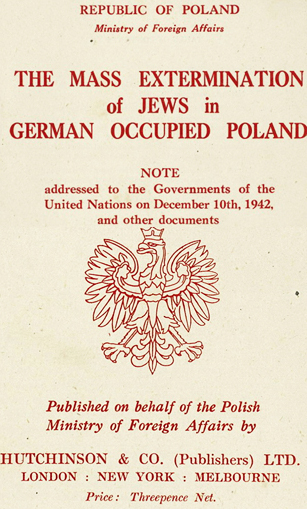
In 1942, the Polish Home Army brings the world the first accounts of the mass extermination of Jews by Germany. And Witold Pilecki (click here if you’re not familiar with him), even designs a plan to liberate Auschwitz. It’s rejected as too risky by the Brits.
The Resistance: 1939-1945
“Building on a traditional familiarity with conspiracy that dates back to the era of the original partitions, Polish society managed to develop a highly effective underground army and state apparatus, operative not only in the Generalgouvernement, but throughout most of the territory of the interwar republic. . . [T]he achievements of the Polish resistance movement were indeed prodigious. It tied down approximately 500,000 German occupation troops and, according to official German figures, prevented one out of every eight Wehrmacht transports headed for the Russian front from reaching its destination.”
—Prof. J. Rothschild, Columbia University
1944: The Warsaw Uprising
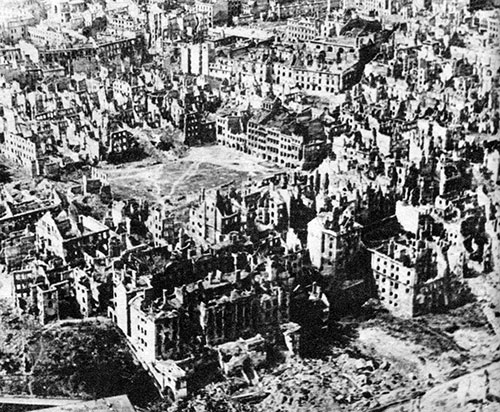
PHOTO: Warsaw destroyed; January 1945.
On August 1, 1944, Poland’s Home Army rises against the German forces occupying its capital.
The men and women fight for 63 days. They capture a German tank. They liberate Jewish prisoners in a heavily fortified prison camp in the midst of the Jewish ghetto. They have tremendous hope; few weapons; no help from the outside. The Red Army (still an Ally!) camps out a few miles away, across the Vistula River and does nothing. At the Uprising’s end, the Germans firebomb the city, systematically razing block after block. The surviving civilian population is expelled. The surviving soldiers are taken away as POWs.
During the 1944 Warsaw Uprising, the Soviets refuse to let Allied Air Force aircraft land at Soviet-controlled airfields near Warsaw. What’s more, they’re attacked by Soviet aircraft – this despite the Soviet Union’s official Allied status. The flights are considered too dangerous and only volunteers flew them – mostly Poles, some Canadians, Brits and Aussies.
Warsaw is abandoned during the Warsaw Uprising. This while Gen. Maczek’s 1st Armored Division is in France, Belgium and the Netherlands – liberating Western Europe.
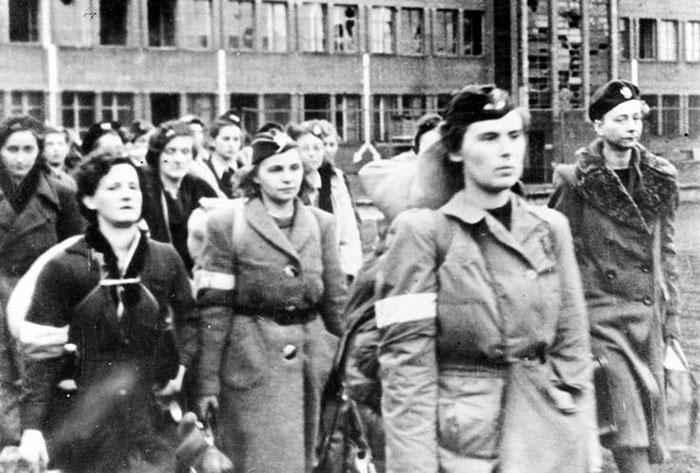
Polish POWs wear their red-and-white Uprising armbands in Oberlangen, Germany; 1944.
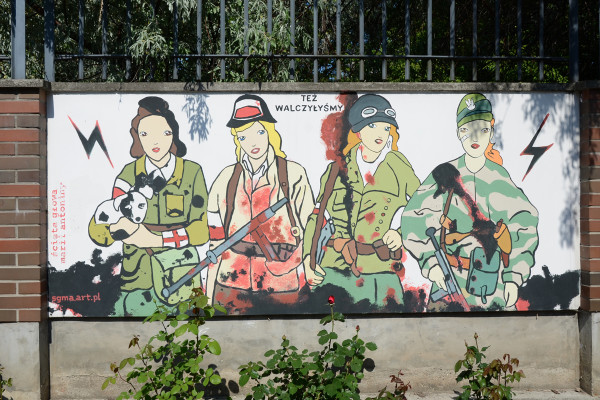
“Też walczyłyśmy” (“We also fought”) proclaims a mural depicting female Resistance fighters in the Warsaw Rising Museum’s garden. PHOTO: Justine Jablonska
1945: The liberation of Stalag VI-C in Oberlangen
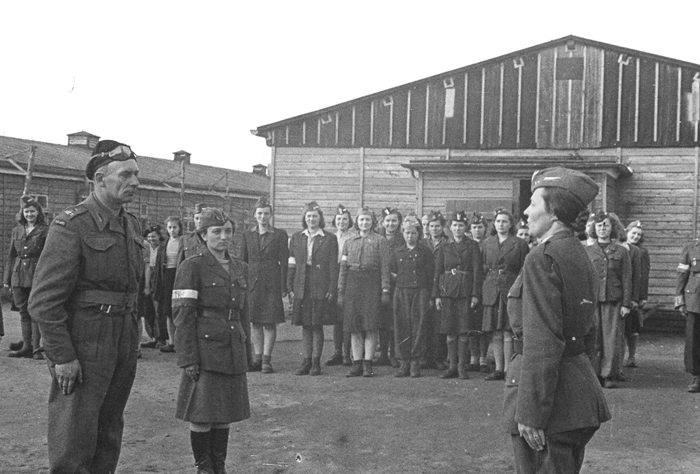
Last roll call at Stalag VI-C: Note the Polish red-and white-armbands on many of the prisoners’ arms – meaning they fought in the Warsaw Uprising.
Stalag VI-C is a POW camp in Oberlangen in north western Germany. After the Warsaw Uprising’s fall, it becomes the only POW camp in German-occupied Europe for female POWs.
~1,700 women are imprisoned there, led by Polish Lt. Irena Mileska. Fitting, then, that it is the Polish 1st Armored Division that liberates the camp on April 12, 1945.
February 1945: Yalta

Yalta. The Big 3.
As the war nears its end and Allied forces grow more confident of their impending victory, British, U.S. and Soviet leaders meet in Yalta to discuss the reorganization of post-war Europe.
It’s here that Churchill and Roosevelt have the opportunity to wrestle Poland away from Stalin, who has declared his intentions for a Polish communist satellite. It’s here that Churchill and Roosevelt accede to Stalin’s demands: He wants to annex the areas that he and Hitler originally carved up in the Nazi-Soviet Pact at the war’s beginning. This means that swathes of pre-war Poland will be part of the Soviet Union; Poland proper will become a communist state, and swathes of pre-war Germany will be subsumed by the newly communist Poland.
It’s a monstrous blow to Poland, whose men and women have fought and bled and died alongside Allied forces throughout the war.
Churchill defends his actions in a 3-day debate in the U.K. Parliament in February. Many British MPs openly criticize him and voice loyalty to the Polish allies. 25 MPs draft an amendment protesting the British acceptance of the Soviet Union’s post-war takeover of Poland.
It’s in vain. A communist government is installed in Poland when the war ends.
And during the WW2 Victory Parade in London, Polish forces are not allowed to take part. Not the heroic pilots of 303 Squadron, without whom the Battle of Britain might have been lost. Not those Polish soldiers who stormed Monte Cassino, finally breaking through the line to Rome. Not the Enigma code breakers. Not the men and women who stood up to Hitler in the Warsaw Uprising, the largest and longest uprising in all of wartime Europe.
Much has been written about the shameful controversy of the exclusion of Poland’s forces in that parade. Lynne Olson and Stanley Cloud have done so best, perhaps, in their “For Your Freedom and Ours: The Kosciuszko Squadron; Forgotten Heroes of World War II” (U.S. edition title: “A Question of Honor”).
Their Prologue describes the parade and events leading up to it in beautiful detail, and concludes:
“One young Polish pilot looked on in silence when the parade passed. Then he turned to walk away. An old woman standing next to him looked at him quizzically. ‘Why are you crying, young man?’ she asked.”
CR
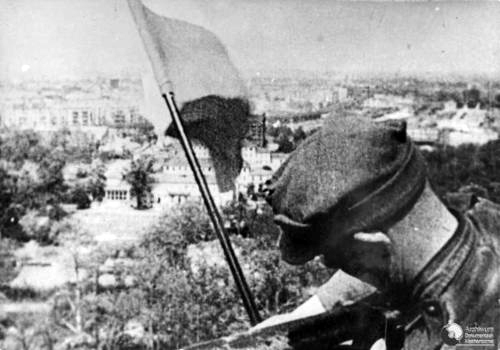
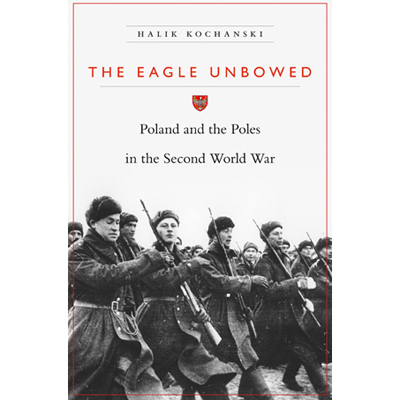

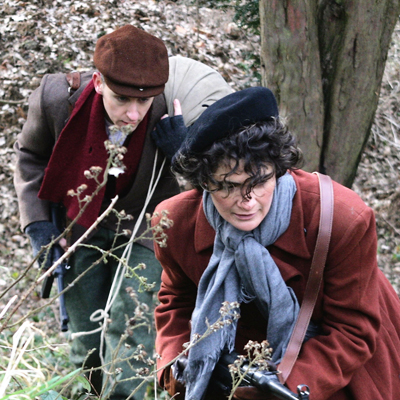
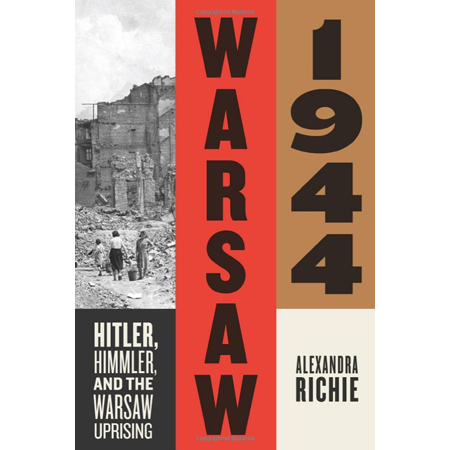
Pingback: Welcome to Fall 2015!
Wonderful! A long forgotten bit of history of Poland’s resistance during all of World War II.
…and then Poland’s citizens ( and other so called communist countries) had to pay again, this time, for whims of Churchill and Roosvelt…
A great overview, Justine !
I get a very dizzy feeling, having lived through the uncertainty and heartbreak of it all — and now this very clear, succinct, accurate summary.
You’ve done a great job. Kudos.
Best wishes for 2016 and future years !
Yet Poland was betrayed by the allies.
Love you my son’s Phillip and Stanley MacNish…Pawloski Family…
Love you my son’s Phillip and Stanley MacNish…Pawloski Family…Poland did fight first against Hitler..that’s really what happened. I wouldn’t lie to you..love mom
Spot on fact-based depiction, Justine! Extremely well written, condensed and beautifully embellished with archival imagery. Thank you for keeping history alive and relevant.
Great! Thank you for this summary of Polish efforts during WWII.
The “thank you” of the Allies was the betrayal of Polish fighters, people, and the entire nation, which the article addresses at the end.
The short history of the “Betrayal” is well presented in Pat Buchanan’s text, I published in Polish (with a link to the original text in English):
http://krzysztofonzol.blogspot.com/2018/09/zdrada.html
Pingback: 'Refugee Diaries': A Homage to the Christmas Channel Crossers - Immigration News UK
A excellent report on how the Polish forces fought. Even Msgr. Peszkowski, who was captain in the Polish army and a prisoner of Katyn, the only one who survived had a life experience and then later became a priest to do God’s work and was a lifelong friend of Cardinal John Woltiwa , later Pope John Paul 2
.
An excellent report on how the Polish forces fought. Even Msgr Z. Peszkowski, who was a captain in the Polish Army,infantry and a prisoner in Katyn,( believe in Russia) and the only survivor of about 12-20 infantry men who were gunned down because he faked that he was shot and later devoted his life to God and became a priest,and a close personal friend of Cardinal John Wotywa, later Pope John Paul 2.